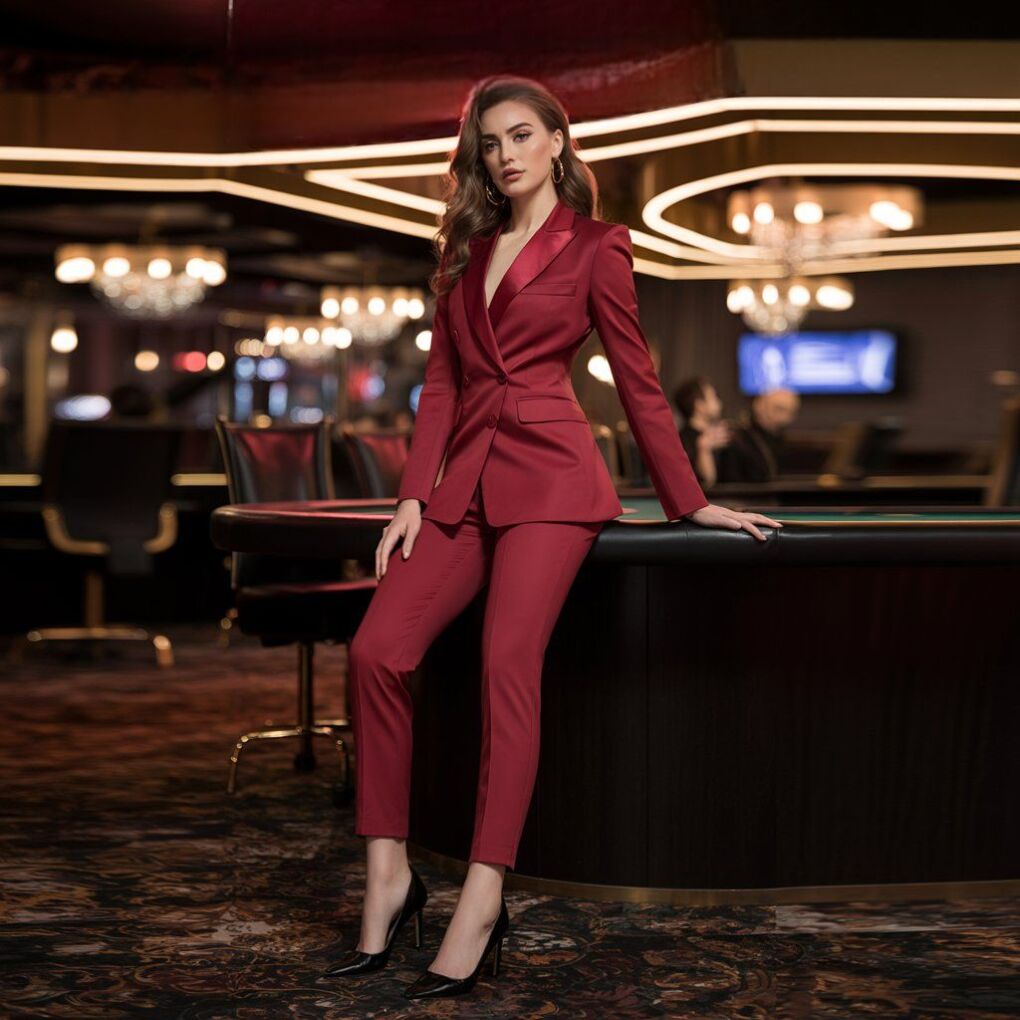Poker is a game built on small signs. The clothes you pick for a session matter more than most people expect. Players look around the table and size each other up before the cards are dealt. Your outfit is one of the first things they see and speaks volumes about your choices.

Table Style Signals
Style at the table sends messages before a chip is in play. The classic cowboy hat and boots can hint at a player who has logged hours in live settings. A loose hoodie may suggest a regular who prefers to keep their tells hidden. Sunglasses, graphic tees, and team jerseys mix in other messages. Sometimes calm, sometimes brash.
Players might pick outfits that blend comfort with strategy when they prepare to play texas hold’em poker. You’ll spot t-shirts with poker sayings, baseball caps pulled low, or a simple button-down. Each choice aims at showing or covering up a piece of their table story. Whether intentional or not, your fashion choices contribute to your poker image.
The Language of Attire in Poker Rooms
People wear all sorts of things. Some show up in bright shirts and watches. Others keep it simple with jeans and a plain tee. You might notice a player wearing a bright, flashy shirt with bold graphics. This usually says I’m here, and you’ll see me. Players who dress with lots of colors and accessories are often ready for action. They can be ready to mix it up from the first deal.
Conversely, you’ll also find folks in neutral sweaters, quiet colours, and ordinary shoes. These players sometimes look away or keep to themselves before the first hand. Their outfits often match a tighter or more careful playing style. A person who doesn’t want to stand out might plan to play close to the vest until the right spot comes.
Now, some use style to send false signals. A player may look careless in a rumpled hoodie, give off a sloppy vibe, and still play sharp as a tack. Others may wear business attire and keep calm to present a professional image.
Some fashion-forward players even dress to distract—using bright colors or oversized accessories to throw off opponents. Whether or not it works, it adds another psychological layer to live poker games.
Outfits and Playing Styles: What’s the Connection?
Aggression at the table has a way of showing through. Statistically, players with wider preflop ranges, such as those opening 25 to 35 percent of hands in middle and late positions, tend to bring a more aggressive approach. Someone who chooses statement clothing might want to push the action or project extra confidence. However, style and strategy do not always match.
On the other hand, players in quiet attire may stick to opening around 20 percent of their hands, focusing on stronger holdings, and waiting for the right spot. This kind of player looks patient. Pros talk about the balance of range construction, mixing both strong and weak hands in their selections, so no one can get too comfortable putting them on one type of hand. How someone dresses is part of the information you get. But it isn’t enough to map their whole strategy.
It’s also worth noting that experienced players may switch styles—both in wardrobe and gameplay—depending on the stakes, opponents, or even venue. This adds another layer to the bluff: dressing down to play up.
Accessories, Grooming, and First Impressions
Accessories also come into the picture. A flashy watch or stack of bracelets grabs the eye. Some pros use expensive jewelry to signal wealth or confidence. Sunglasses are common for hiding tells. But also serve to show a bit of swagger. A player who’s neatly groomed and careful about their look might pay close attention to details.
Other times, you get the opposite. Players with open shirts, messy hair, and a stack of chips that looks as wild as their appearance. Some do this on purpose to keep others guessing about their mindset. Social media has plenty of debates on whether certain dress styles mean old-school or new-school skills.
In short, your clothes give away hints. Players weigh every detail when sizing up their opponents. The sharpest ones use every sign to build reads and refine their next move. What you wear at a live Hold’em table is just the opening line.
Conclusion: Reading the Table Begins With You
In live poker, every glance, gesture, and garment contributes to the psychology of play. Whether you’re dressed to impress, distract, or disappear, your outfit speaks before you ever say a word—or play a hand.
Understanding what your look might project can give you an edge, or at least keep you from giving away more than you intend. While there’s no dress code for winning, knowing how you’re perceived helps you build an adaptable, confident poker presence.
So next time you head to the felt, take a second look in the mirror. Your wardrobe might just be your first bluff—or your biggest tell.
